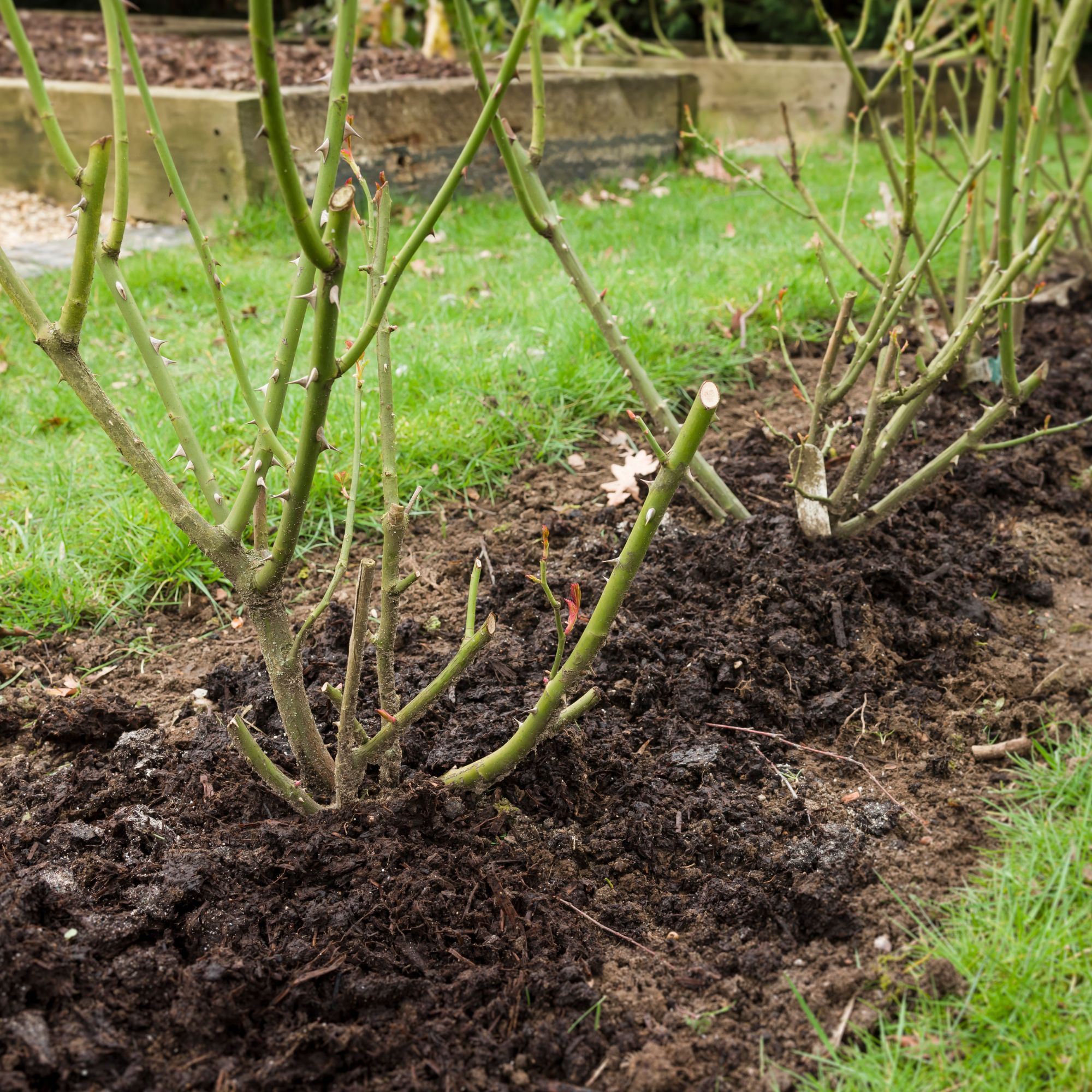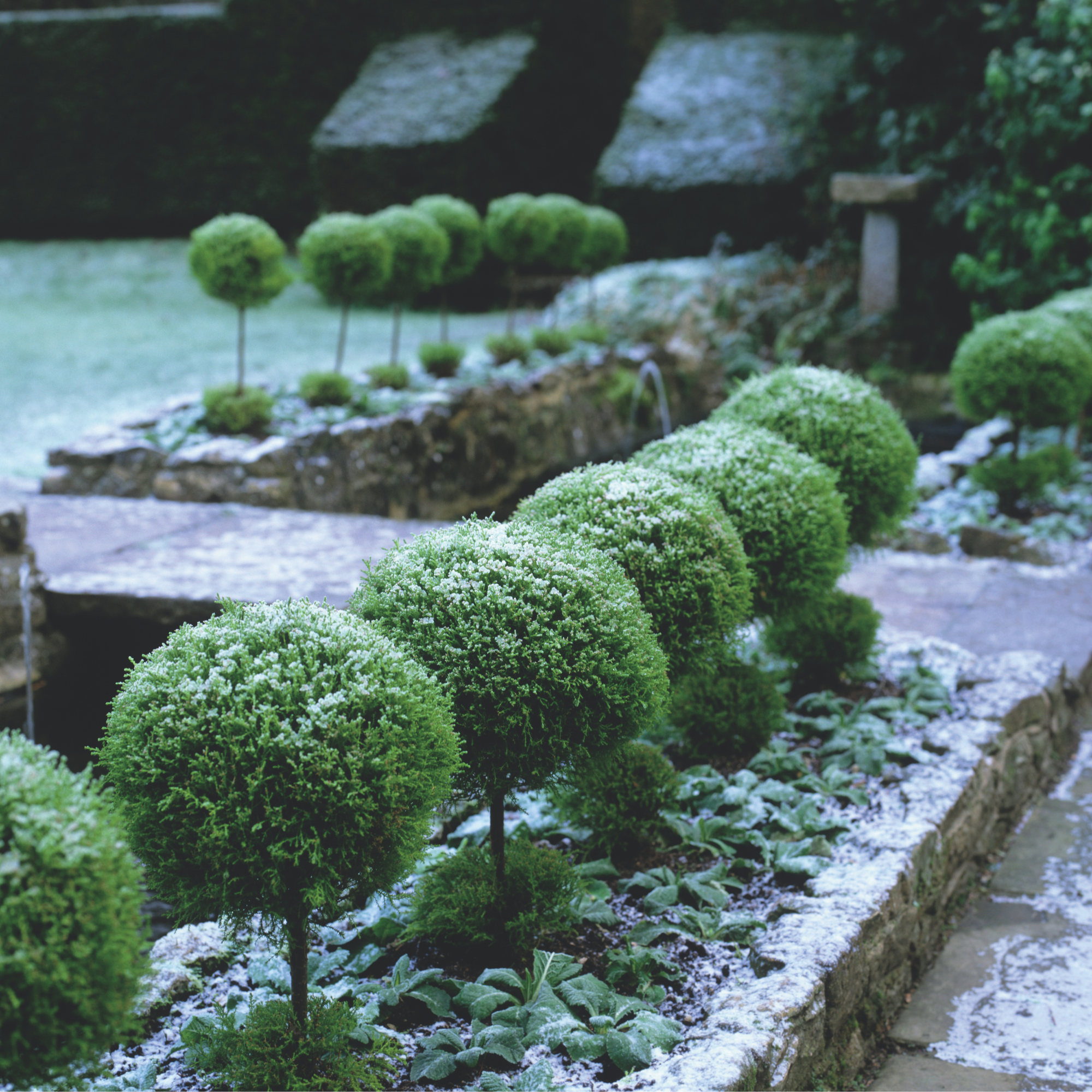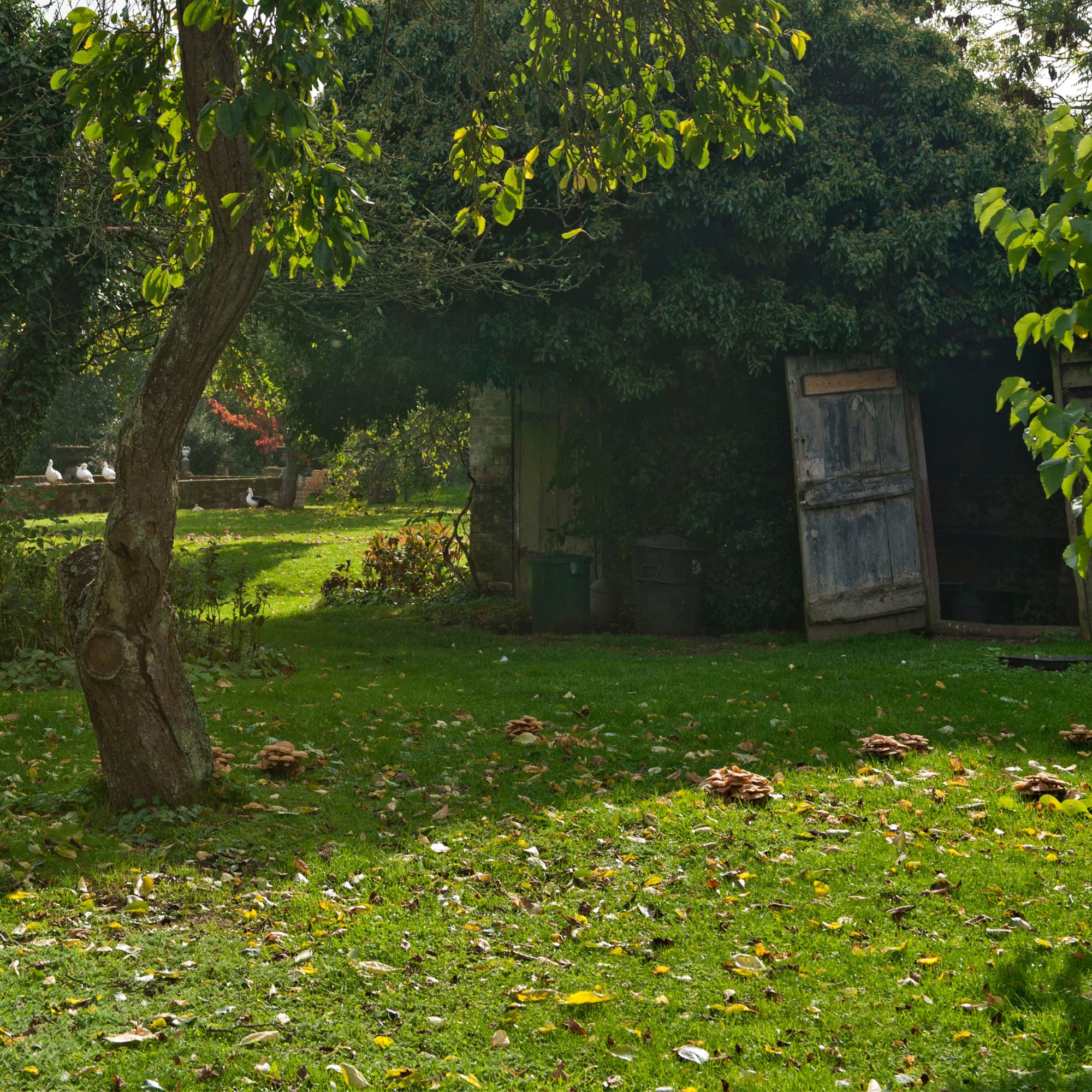I'm a gardening editor, and mulching is the easiest way to prep your garden for winter - but don't make the mistakes I made
Take care to avoid these common autumn mulching mistakes for a healthier, happier garden come spring…


I might be a gardens editor, but I’m married to a real salt-of-the-earth, hands-in-the-soil professional gardener, which means I’m forever being served a dose of reality alongside my high-spirited gardening dreams. Namely, that autumn mulching mistakes are the quickest way to undo all of my (read: his) hard work.
Yes, every time autumn rolls around, I get a bit overexcited about mulching. I picture myself generously blanketing the borders in rich compost, getting my garden ready for winter like any loving plant parent should. But as my other half will patiently (sometimes not so patiently) often remind me, more isn’t always better. Especially when it comes to mulch.
The truth is, it’s easy to go wrong, even for someone who writes about gardens for a living. The timing, the type, the depth? It all matters far more than I realised – so much so that just mulching isn’t enough to feel smug about any more. With that in mind, then, these are the common autumn mulching mistakes to avoid if you want your garden to bounce back beautifully next spring. And who wouldn’t want that, eh?
1. Piling mulch too high
The autumn mulching mistake I’ve been gently scolded over the most? Getting too heavy-handed with my mulch, of course.
‘One of the most frequent errors is applying mulch too thickly, especially around the base of trees and shrubs,’ agrees Steven Bell, gardening enthusiast and founder of Paving Shopper.
‘Towering heaps of mulch (sometimes referred to as ‘mulch volcanoes) can trap moisture against the bark, leading to rot, disease, and pest infestation. Additionally, thick layers can suffocate the soil and prevent air from reaching plant roots.’

Steven Bell is an experienced landscaper, with years of experience owning paving and gardening companies. Combining hands-on expertise with a deep appreciation for sustainable landscaping practices, Steven enjoys sharing his insights with readers to inspire their own green-thumb adventures.
Instead, Steven advises you to apply mulch in a layer around 5-7.5cm thick. ‘Keep it a few centimetres away from stems and trunks to prevent excess moisture buildup and allow airflow,’ he adds.
Sign up to our newsletter for style inspiration, real homes, project and garden advice and shopping know-how
2. Using the wrong type of mulch
Look, I get it; there are so many different types of mulch available, from leaf mould and wood chip to homemade compost, that it can feel all incredibly confusing. Annoyingly, though, not all mulch is created equal, and using the wrong one is among the biggest autumn mulching mistakes you can make.

‘While bark chips, compost, and well-rotted manure are excellent organic options, certain materials such as fresh wood chips or grass clippings can cause more harm than good if used incorrectly,’ says Steven.
‘Fresh wood chips, for example, can rob the soil of nitrogen as they decompose, while grass clippings may become slimy and compacted, especially in damp autumn conditions.’
Stick to something season-appropriate like RocketGro farmyard manure from Crocus, leaf mould, or RHS SylvaBark pine mini mulch, and you should be well on your way to success.
3. Watch the grass
If you’ve read up on when to stop cutting grass for winter, you’ve also likely spotted some of the viral posts that suggest grass clippings are a brilliant way to mulch your grass. This isn’t always the case, though, and particularly so at this time of year.
‘One of the most common mistakes is mowing when the grass is wet. In these conditions, clippings tend to clump together rather than breaking down properly,’ says Peter Chaloner, Managing Director at Cobra Machinery.

‘This can smother the lawn, contribute to thatch build-up, and reduce air circulation, creating ideal conditions for fungal growth,' he adds.
'To avoid this, it’s important to choose dry days for mulching, adjust your mowing frequency, and cut the grass little and often, rather than leaving it long between cuts.’
4. Timing it wrong
If there’s one thing I’ve learned about gardening over the years, it’s this: timing is everything. It makes sense, then, that missing your window is one of the biggest autumn mulching mistakes you can make.
‘In the UK, the weather can turn quickly in autumn, with first frosts arriving in some regions as early as October. Waiting too long to mulch may result in missing the ideal window when the soil is still warm and receptive to insulation,’ warns Steven.

He and my long-suffering husband agree on this one: it’s best to mulch in mid to late autumn.
‘You’re aiming to do this after leaf fall but before the first hard frost,’ says Steven, ‘as this helps retain the remaining soil warmth and protects plant roots from sudden temperature drops.’
5. Ignoring the soil’s needs
It’s easy to think a garden is the sum of its trees and plants, but the soil? That’s the foundation for everything, so you’d best believe that dumping mulch on it without taking a moment to assess the situation is another major autumn mulching mistake.
‘If the soil is dry, compacted, or nutrient-deficient, simply covering it with mulch won’t solve underlying problems, and might even mask them,’ says Steven.
Before you mulch, then, he advises you to take care to water the soil if it's dry and remove any existing weeds.

‘Autumn is also an excellent time to aerate compacted beds and add soil amendments, such as compost or organic fertiliser, beneath the mulch to nourish the soil over winter,’ Steven adds.
Seaweed-based products like Maxicrop’s All Purpose Growth Stimulant (which you can pick up at Amazon) are a great way to do this.
FAQs
Is it okay to mulch in autumn?
It’s not just okay to mulch in autumn; it’s a must if you want your garden to flourish and thrive, as it locks in moisture, suppresses weeds, feeds the soil, insulates roots, and gives beds a neat, cared-for finish as the year winds down. Win!
When should you not mulch?
You should never mulch in early spring, as it stunts growth, but you should also avoid mulching when the ground is very cold and wet. Aim to get yours done before the first frost, then, so that you give your plants that all-important layer of insulation ahead of any really cold snaps.
‘Ensure even coverage across beds, maintaining a consistent depth and tucking mulch neatly between plants without smothering them,’ advises Steven Bell, gardening expert and founder of Paving Shopper.
I think we can all agree that mulch, when done right, is a gardener’s best friend. Done wrong, though, and it can suffocate roots, encourage rot, or invite pests to settle in for winter, which is why it’s so important to read up on all those potentially harmful autumn mulching mistakes before you set to work.
Don’t apply yours too thickly, use an autumn-appropriate medium, and assess your soil before you begin. And, above all else, make sure you apply it in that sweet spot between the first leaf fall and the first frosts of the season.
Trust me: you’ll be glad you did when your beds bloom all the better next spring.

Kayleigh Dray became Ideal Home’s Acting Content Editor in the spring of 2023, and is very excited to get to work. She joins the team after a decade-long career working as a journalist and editor across a number of leading lifestyle brands, both in-house and as a freelancer.